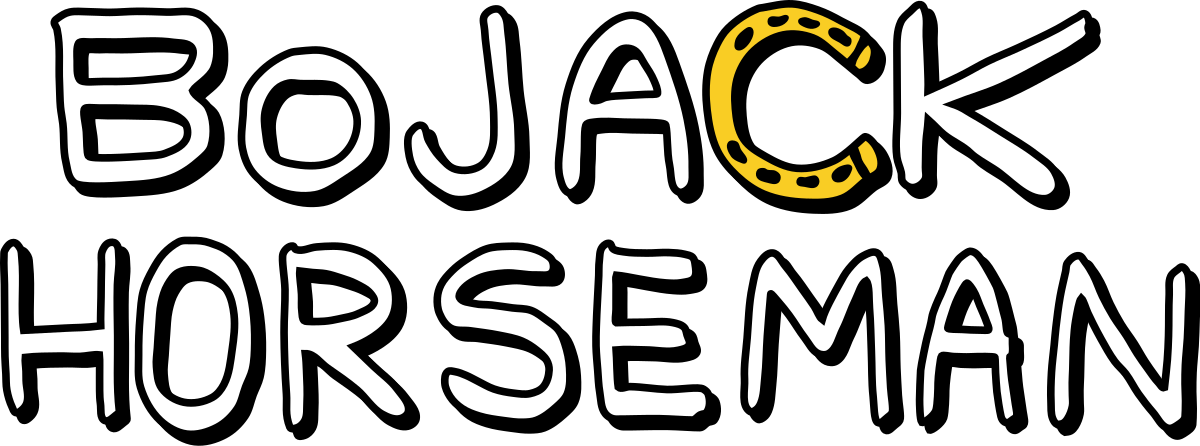


Lisa Hanawalt: So when Noel and Steve called me six months after I said no and were like, “So … sorry to bother you, but could we ask again?” I had just joined a shared studio space in Greenpoint and was doing illustration work for the New York Times, and I was bored, and so I said yes.
Raphael Bob-Waksberg: Part of your hesitation was that you were really nervous about what the job would be like and what the time commitment was, and no one could give you a solid answer. The thing we said at the time was, “Let’s just work on this presentation together, and if there’s a show, we’ll figure out what your commitment is.” We even said that if you want to walk away after the presentation, you can do that.
Lisa Hanawalt: And then my agent outlined super-specific things, like, “There will only be two revisions per character” — which later we threw out, of course. I did, like, ten revisions on Todd; it didn’t matter … A lot of things were set up to protect me in case I hated it.
Noel Bright: I remember those conversations with your agent: “She will do one set of revisions.” “Well, what if we want to change the color of the nose — is that a revision?” We wanted to make you feel comfortable.
Lisa Hanawalt: I’d never done anything like this, so I was just worried about being exploited.
Noel Bright: Our goal was to make a presentation. If you make it and cast it and show it, that gives you your best chance. The script process, once we hired Raphael to write the script (and he was “wasting his time” getting paid for it [laughs]), was also the beginning of knowing how it would be to work with him. We’re an independent studio, so it was immediately a very collaborative process and we wanted the presentation to be in his voice and not fuck it up.
Raphael Bob-Waksberg: I had to write an outline for Tornante, and I literally did not know what an outline for an episode of television looked like. So I handed them, like, this two-page document. Now, a typical outline is ten to fifteen pages. And they looked at it and they were like, “Uh … okay. Um … [laughs]. Yeah, I don’t know … This doesn’t really look like an outline that we’re familiar with.” But I had no experience [laughs]. It was like an outline for an outline. But what’s even funnier is, because I didn’t know how to write an outline, unbeknownst to them, I actually wrote a full script and then tried to make an outline out of it. [Laughs.] I wrote the full episode, I sent it to my manager, and I said, “Should I just send this to them?” He said, “No … you get paid on different levels. So send the outline first; you get paid for the outline.” I looked at the scenes in the script and I was like, “Okay, what’s happening? I guess this happens, then this happens, then this happens.” In my outline, there’s a little paragraph for everything that happens.
Noel Bright: We ended up with two scripts and a presentation script. The next step in the process was to interview animation production studios.
Because Tornante doesn’t have its own animation production facilities, a production studio would need to be hired for the job of animating the BoJack presentation, as well as the potential series. Noel and Steve turned to a studio they’d worked with in the past, ShadowMachine (known for producing Robot Chicken).
Alex Bulkley [ShadowMachine]: When Noel and Steve sent over the BoJack script we had an immediate and visceral reaction to the material. It took a whole five seconds to call Noel back and say, “We’re in!”
Corey Campodonico [ShadowMachine]: Very few projects make such a strong first impression. We knew we needed to bring in a strong director that would build on the visual language that Lisa and Raphael had honed together over the years.